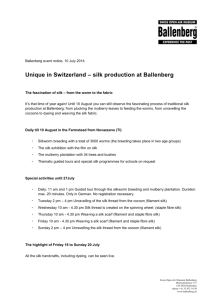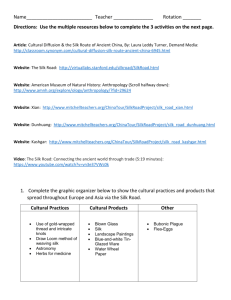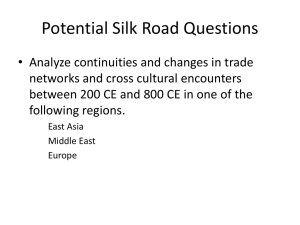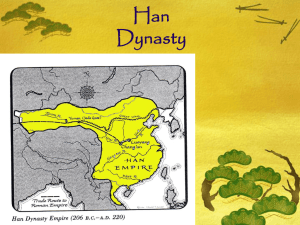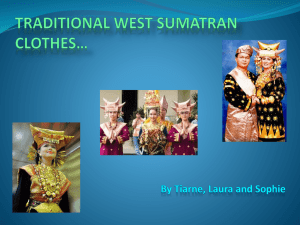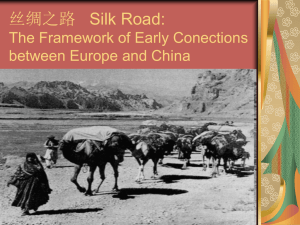The Silk Road
advertisement
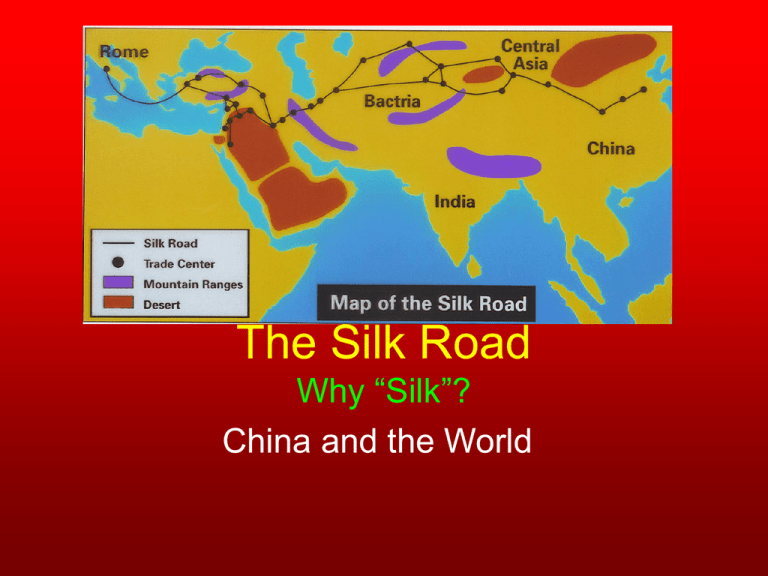
The Silk Road Why “Silk”? China and the World Silkworm cocoons on a Mulberry tree. The silkworm is a catapillar from a moth. This one is known as, “The silkworm of the Mulberry tree. A Mulberry tree. Silkworm cocoons collected and being prepared for making silk. The silkworm cocoon. It spews the thread out of its mouth to form the cocoon. This entire production takes a mere 72 hours, during which time they produce between 500-1200 silken threads. About 2,000 to 3,000 cocoons are required to make a pound of silk. Based on 1 kilometer (2/3 of mile) per cocoon, ten unraveled cocoons could theoretically extend vertically to the height of Mt Everest. At least 70 million pounds of raw silk are produced each year, requiring nearly 10 billion pounds of mulberry leaves. The actual worm that resides inside the cocoon. The Chinese and other cultures eat the worm itself too! A silk factory in Shanghai, China. The cocoons lie in water. Then the fine thread is pulled from them and run through the loom above. The loom in production. This factory is a tourist destination. Another silk factory might be much larger with more looms and workers. Here, this Chinese woman threads the silk through the wheels of the loom. Here a woman demonstrates how the silk can be stretched over this bamboo frame, lining one cocoon over another, eventually making the product to the left. Here they stretch the silk even further to create a larger piece that is laid upon other pieces to fill the insides of a quilt or comforter. You can see the various dyed silk fabric behind these workers. The final product. Here is a girl wearing a traditional dress in a park in Zhouzhuang, China.





